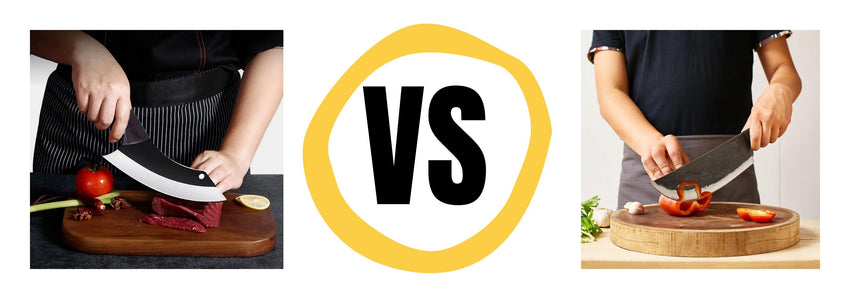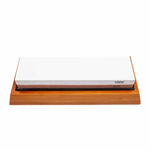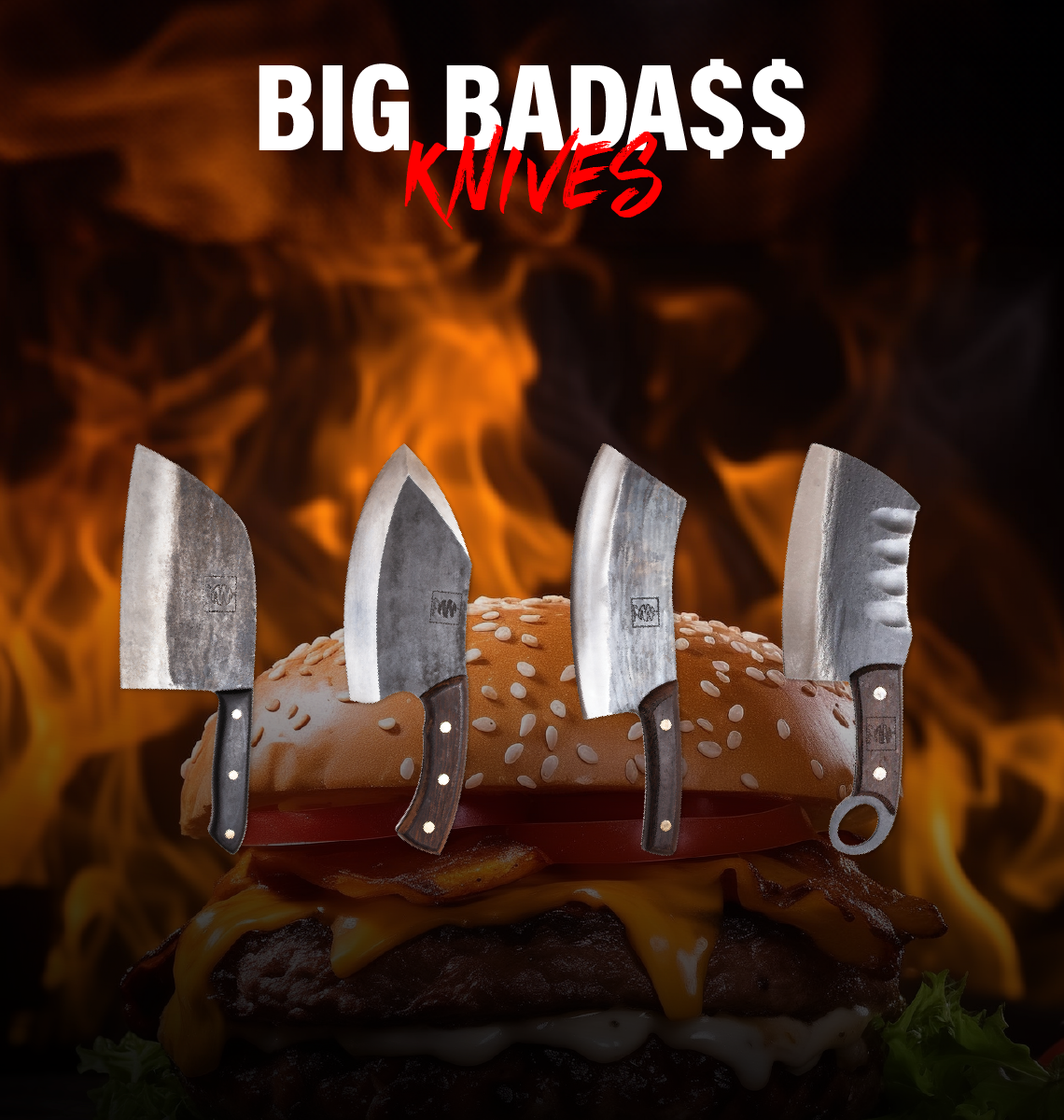Do professional Chefs use Carbon-steel knives or Stainless-steel knives?

Professional cooking can look quite intimidating sometimes and most of the time due to the gear that chefs use. If you ever wondered what types of knives chefs use and more specifically do they use carbon and stainless steel knives, then keep on reading because this one is for you.
Let’s start with their differences and continue on with the benefits of the two.
Carbon steel knives tend to feature harder steel and retain their edge for a lot longer. This reduces how often they need to be sharpened. They can be made razor-sharp with a little technical sharpening. However, due to the fact that these knives do not contain other metals in their alloy (like Chromium or Nickel), they rust very easily and are reactive with acidic foods. You have to constantly wipe them off and keep them dry, which is a smart thing to do with any type of steel knife. If you are interested in a more detailed knife care routine, you can read our guide on how to make your kitchen knives last longer.
On the other hand, stainless steel knives are extremely corrosion resistant but lack the same level of hardness and edge retention. These knives do not need to be wiped and dried constantly but require much more frequent sharpening, which is not that big of a deal especially if you have a good sharpener at your hand. And if you want to learn how to sharpen steel knives at home go here.
The softer stainless steel can be a benefit when the knife is being used for some stubborn tasks like prying or splitting a hard squash. Carbon steel can be so hard that is can be brittle. This can cause the blade to snap or chip when doing a particularly heavy-duty task. That is why you need to always consider the type of cutting you want to do with the knife before even purchasing it.
There are stainless or corrosion resistant steels that are made with a very high carbon content that seems to do a great job of bridging the two types of steels. A Japanese alloy called VG10, for instance, can be tempered very hard (almost as hard as full carbon) but is still stainless. However, this steel can be brittle if used roughly.
No matter how much or how little carbon steel has, the base metal is iron, a ferrous metal, so it will oxidize and rust without added elements to address oxidation. Chromium is typically the element added to induce the steel to become “stainless.” To be classified as “stainless,” most knife enthusiasts and smiths consider a minimum chromium content of around 10%, maybe a little higher.
“Stainless” is actually a range, not an absolute. There is no such thing as stain-proof steel, only stain-resistant. A 20% chromium knife will still rust eventually, it is just more rust resistant than a 0% or 10% chromium knife. There are also knives with lower percentages of chromium, such as 5%, which will still discolor in regular use but will still be noticeably easier to prevent rust on than your standard “carbon steel” knife. These are known as “semi-stainless.”
There are hundreds of different knifemaking steels, each with optimal hardness ranges, some resisting rusting better than others. The optimal hardness is the hardness level at which the steel performs best at being knife steel. Overhardening can cause brittleness while under hardening increases toughness and lowers edge retention, so heat treatment is often even more important than the type of steel being used. You won’t know until you examine that particular steel in question.
For instance, “stainless” knives are typically thought of as soft, but you see “stainless” steels such as SG2/R2 regularly being taken to high hardness levels of around 64 HRC. White #2, a classic rust-prone Japanese steel similar in composition to tamahagane steel once used to forge swords, except more pure, is typically only taken to around 61 or 62 HRC. White #2 is beloved for its ease of sharpening and the ability to take an unmatched edge even though its edge retention is not as great as many powder steels or the aogami steel line, which adds tungsten to white steel to increase hardenability.
In conclusion: In kitchens where chefs and cooks are permitted to use their own knives, you will see both full carbon and stainless steel knives. So it’s really up to you to choose the right knife for the main type of cooking you do.













